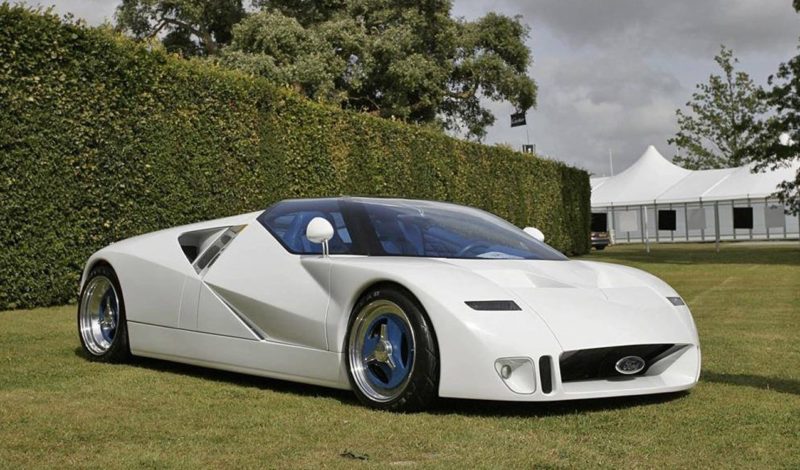Back in 1995, Ford made a dramatic reveal at the Detroit Auto Show. Dressed in white, the new 1995 Ford GT90 concept car. For a brief amount of time after its unveiling, the entire automotive industry was abuzz about what was then the world’s fast and most powerful car. For the GT90’s engine was a magnificent 6.0-liter V12 that had four turbochargers attached.
This put the power output of the concept car at 720 hp, which was preposterous in the 90’s and is still an accomplishment by today’s standards. Albeit, a quad-turbocharged V12 could garner more power with today’s technology. That being said, that much back in the day was enough to make the exhaust system so hot that Ford needed to install ceramic plates around it in order to prevent the body panels from melting. Just like in a space shuttle.
Featured Image Source: Facebook/Need For Speed
The Engineering Behind the Horsepower
The GT90’s power output was so enormous that it created a unique challenge: the exhaust system would get hot enough to melt the body panels. Ford’s solution was as extraordinary as the car itself. They installed ceramic plates around the exhaust system to protect the vehicle, a technology akin to what is used in space shuttles.
How Many Ford GT90s Exist?
The exclusivity of the GT90 is in its rarity—it remains a one-off concept. Ford never took the next step to mass-produce this automotive wonder, leaving it forever as a tantalizing glimpse into what might have been.
The Specs: A Space Shuttle on Wheels
Beyond its horsepower, the GT90 boasted specs that were revolutionary for its time. Its 0-60 mph speed was a mere 3.1 seconds, and it claimed to reach a top speed of 253 mph. Both figures were practically inconceivable in 1995 and still turn heads today. In essence, driving the GT90 was likened to piloting a space shuttle, both in terms of speed and the technology packed into it.
The Philosophy Behind Its Creation
So, what drove Ford to create this mechanical marvel? The GT90 was intended as a spiritual successor to the legendary Ford GT40, a race car that had its heyday in the 1960s. The project was a clandestine affair that took a mere six months to complete. When Jeremy Clarkson questioned the American ethos behind creating a European-styled supercar, Fred Goodnow, a GT90 Project Engineer, responded that they wanted to prove they could outperform the Europeans. And by most accounts, they succeeded.
The “New Edge” Design
The GT90 wasn’t just about brute power; it was also a showcase for Ford’s “New Edge” design philosophy, characterized by the use of many edges and angles. The design was so ahead of its time that even today, with minor modifications, it wouldn’t look out of place among modern supercars.
Why Didn’t It Go Into Production?
One of the most significant mysteries surrounding the GT90 is why it never saw the production line. While we can speculate that the astronomical production costs and the extreme engineering requirements may have played a role, the exact reason remains a company secret.
Where is the GT90 Now?
In 2009, the GT90 was briefly listed for auction by RM Auctions but was withdrawn just before the event. Currently, the Ford GT90 is on display at Hajek Motorsport Museum in Oklahoma.
The Legacy And What Could Have Been
The GT90 may have been a one-off dream, but it was far from a waste. It’s widely believed that the groundbreaking technologies developed for the GT90 filtered down into other Ford models and even made their way into cars from other manufacturers like Aston Martin.
While Ford did eventually revive the GT series in 2004 and introduced a new Ford GT in 2017, the GT90 remains the tantalizing “what if” of the automotive world. Maybe, just maybe, Ford will once again push the envelope in the future, bringing to life a car that could rival today’s hypercars from Koenigsegg and Bugatti. Until then, the GT90 remains a dream—unrealized but never forgotten.
